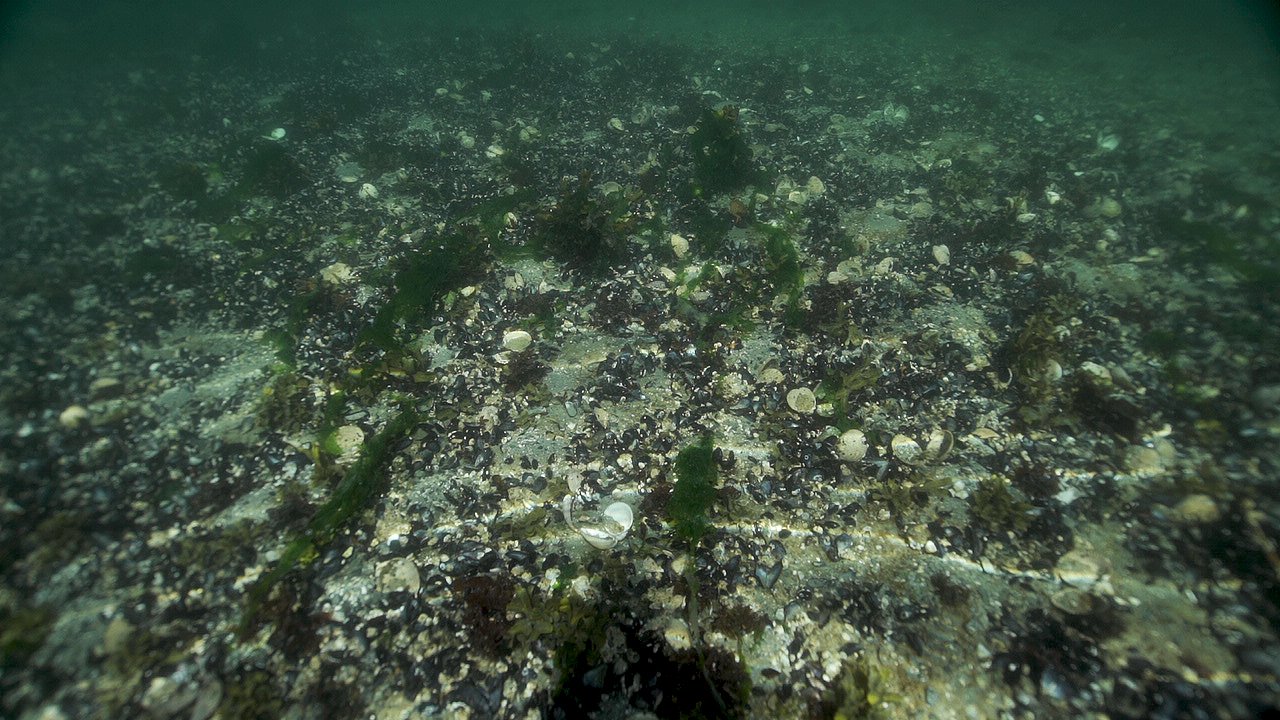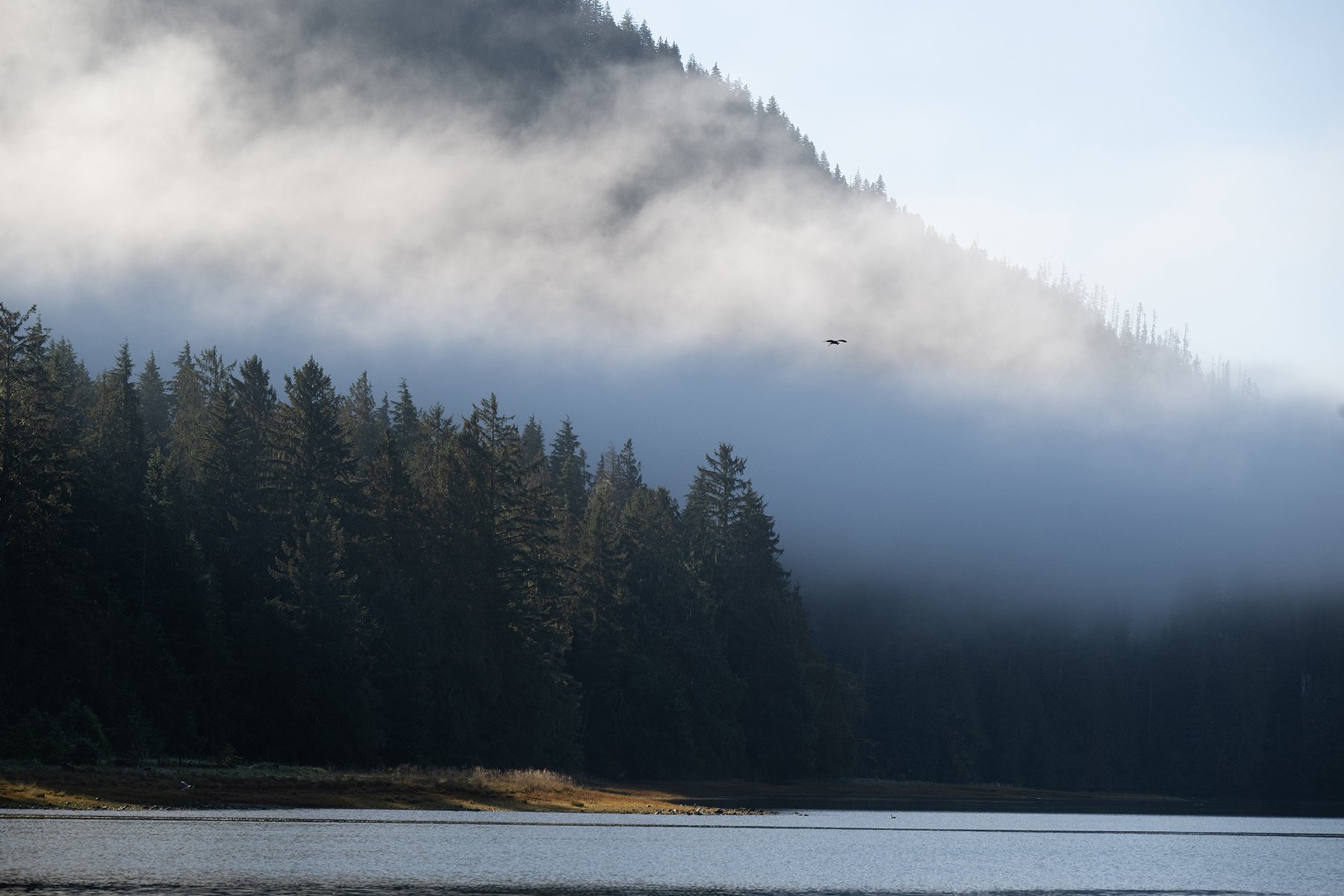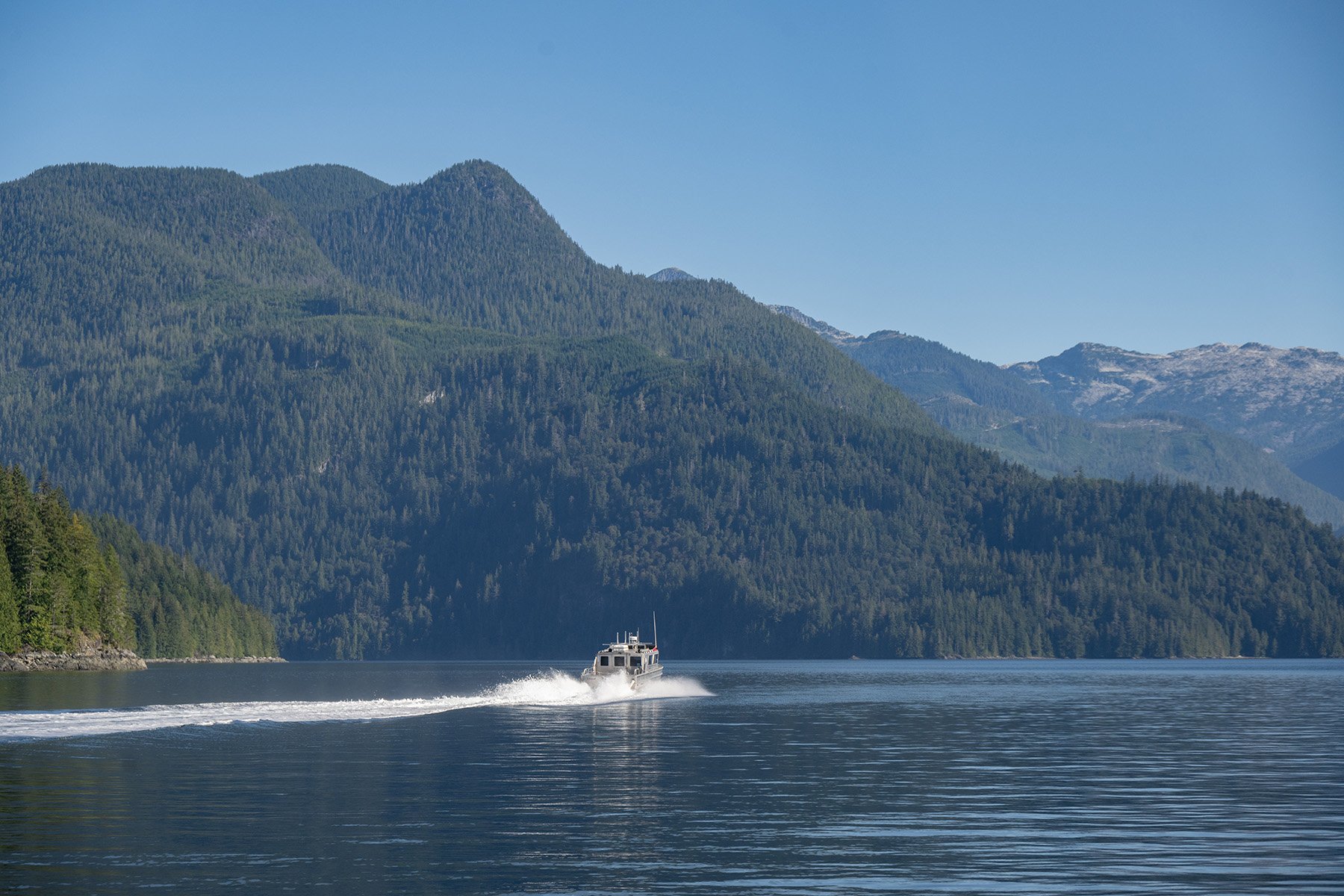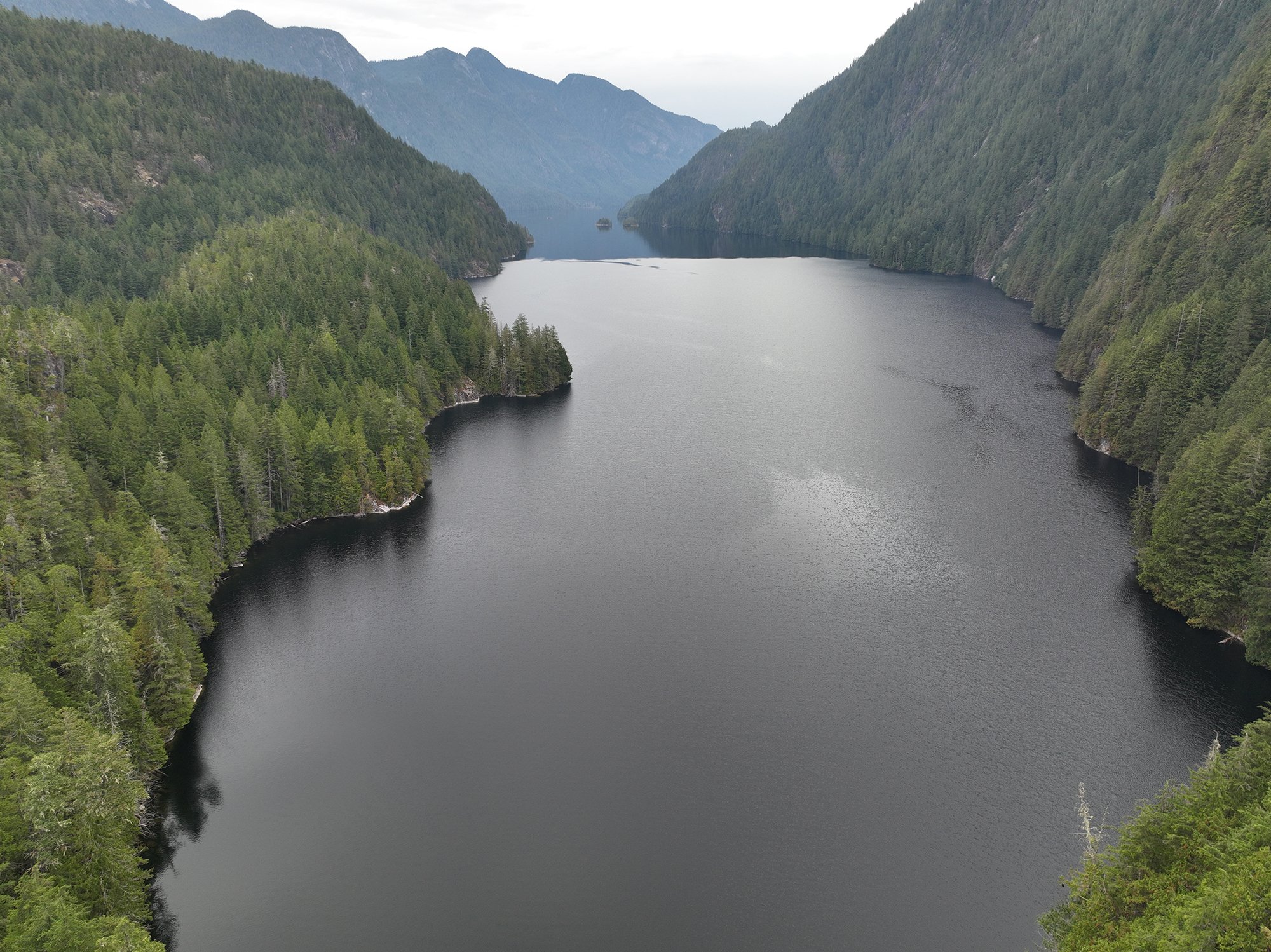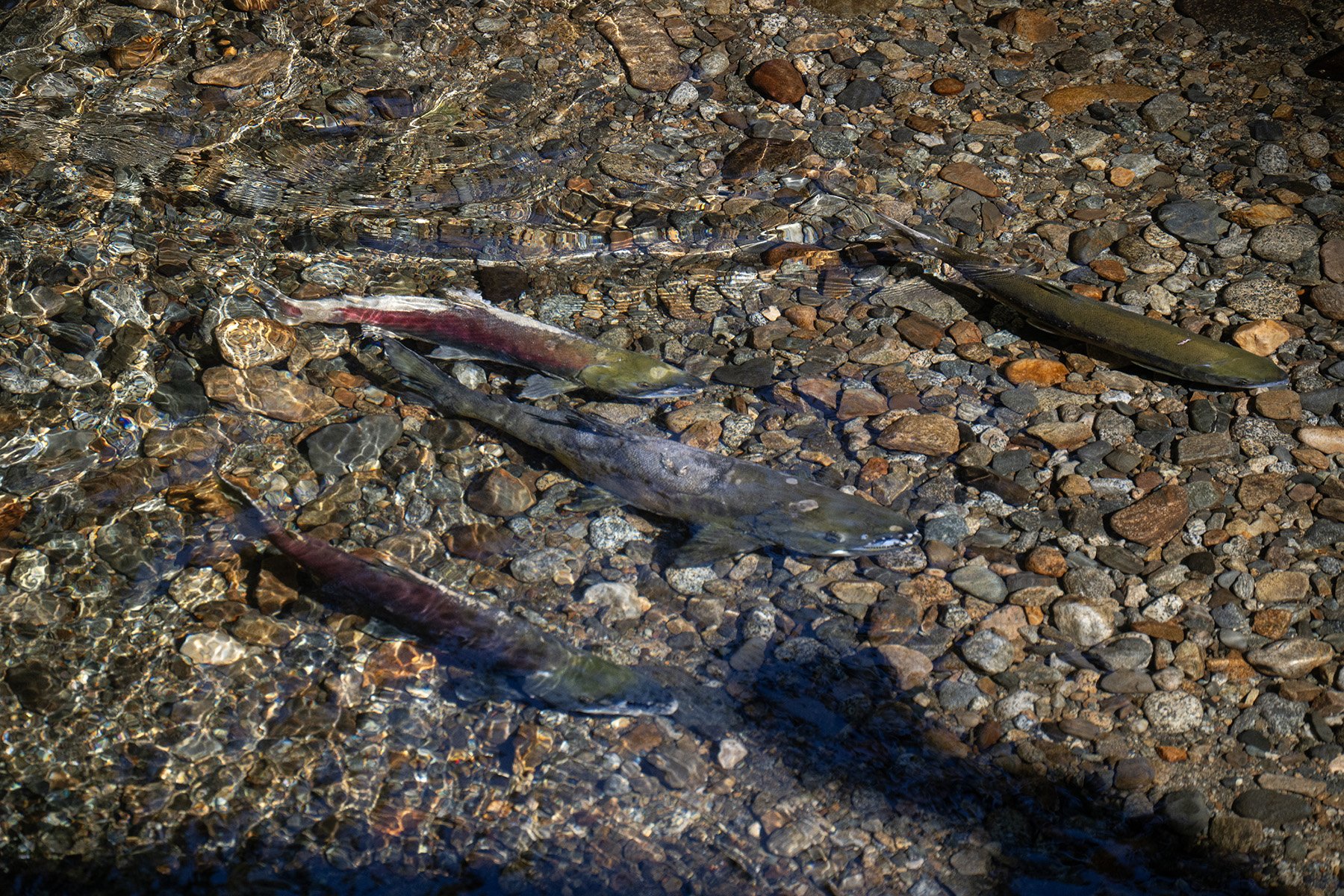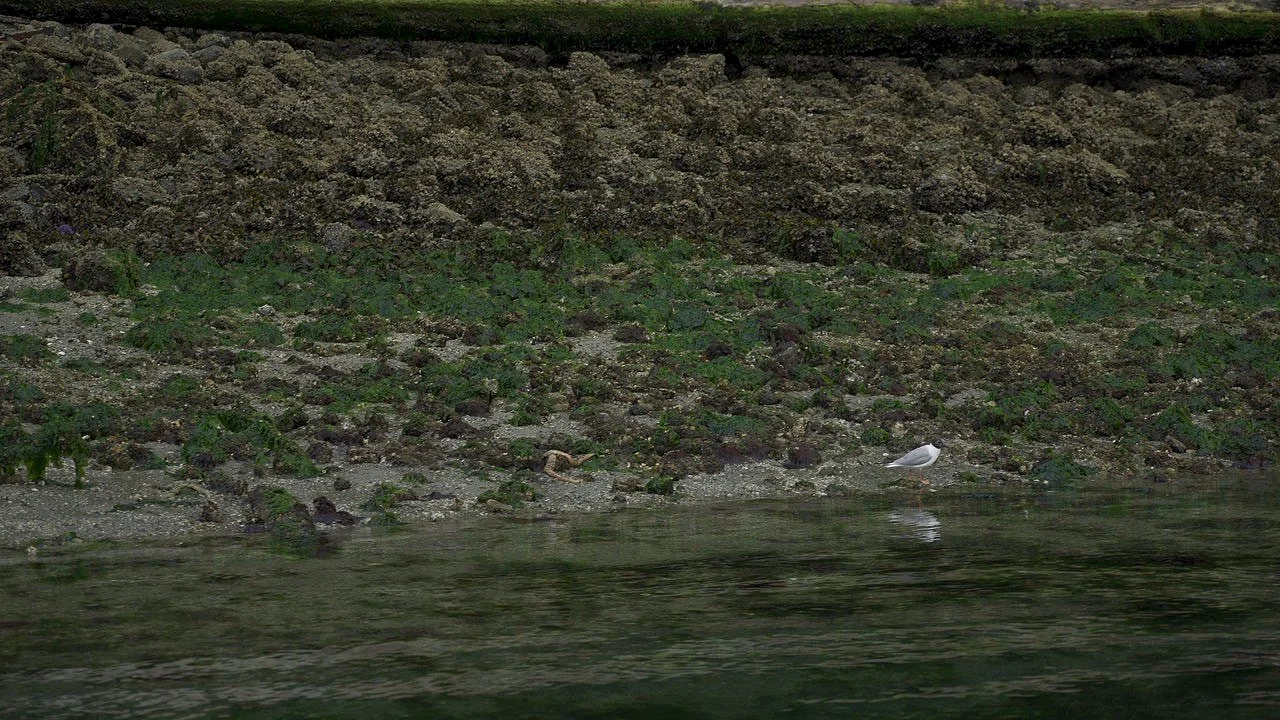Our Waters
Our waters span across the many swelling rivers, gentle inlets, and the deep ocean on the west coast of British Columbia, between Vancouver Island and the mainland. Our waters and the wildlife in them are and will always be sacred to us Kwiakah. Just a few of these many animals today include:
Orcas, humpback whales, gray whales, and 4 types of dolphins
All 5 species of pacific salmon (chinook, coho, chum, pink and sockeye)
Herring, clams, crabs
River and sea otters, seals, and sea lions
Several at-risk coastal bird species like the Marbled Murrelet and Northern Goshawk
We treat these places with maya'xa̱la (respect) and see ourselves as their steward, which means cultivating rich seafloors and clean water for all. We’re proud of our small team of Marine Guardians, who monitor our waters and collaborate with researchers on a number of different projects to restore our waters, especially those waters where fish and other species were overharvested for decades without our consent.
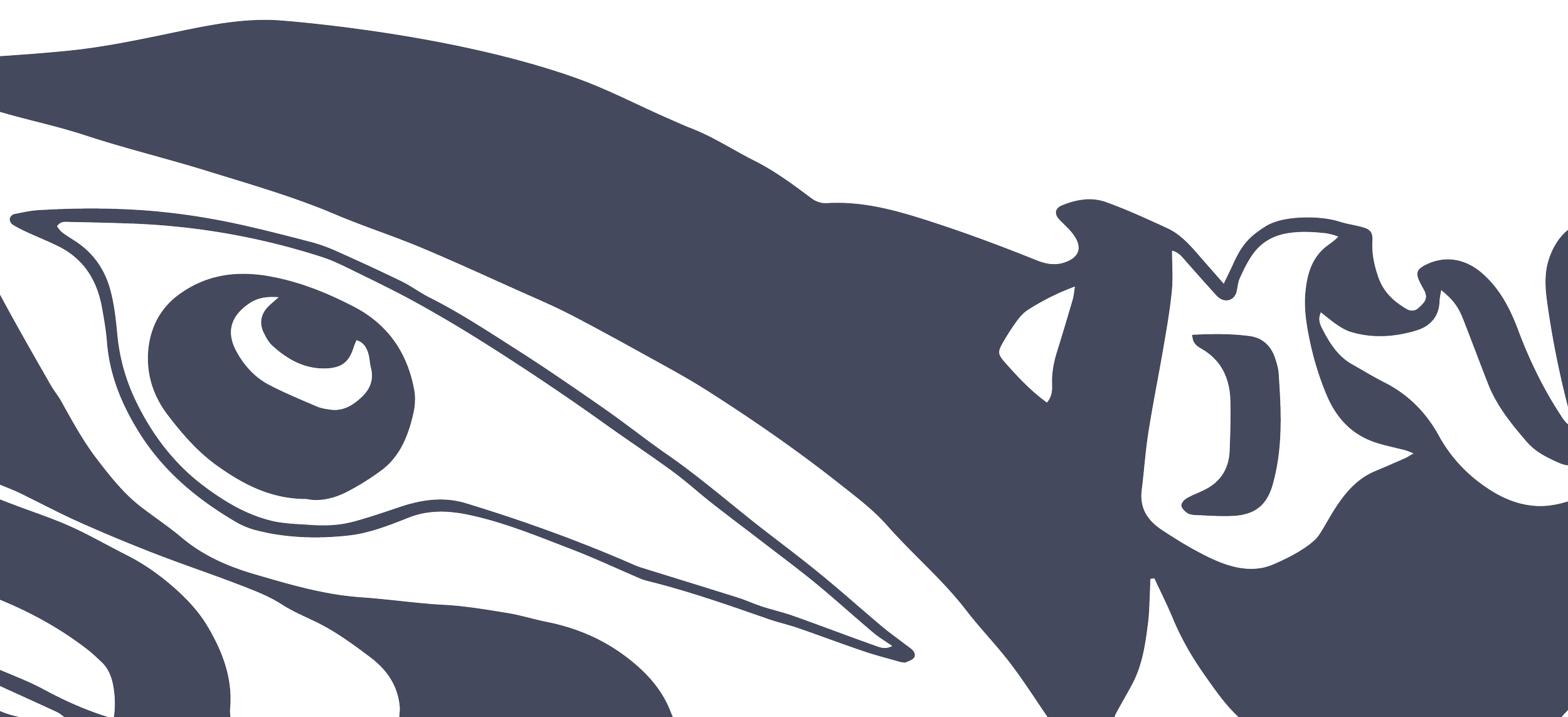
wastamaga (Amanda Dick), Marine Coordinator
“Our ancestors have cared for these waters since time immemorial. As our Marine Coordinator, my role is to ensure that the next generations can continue this sacred relationship with the ocean, protecting its health while supporting our communities’ connection to it.”
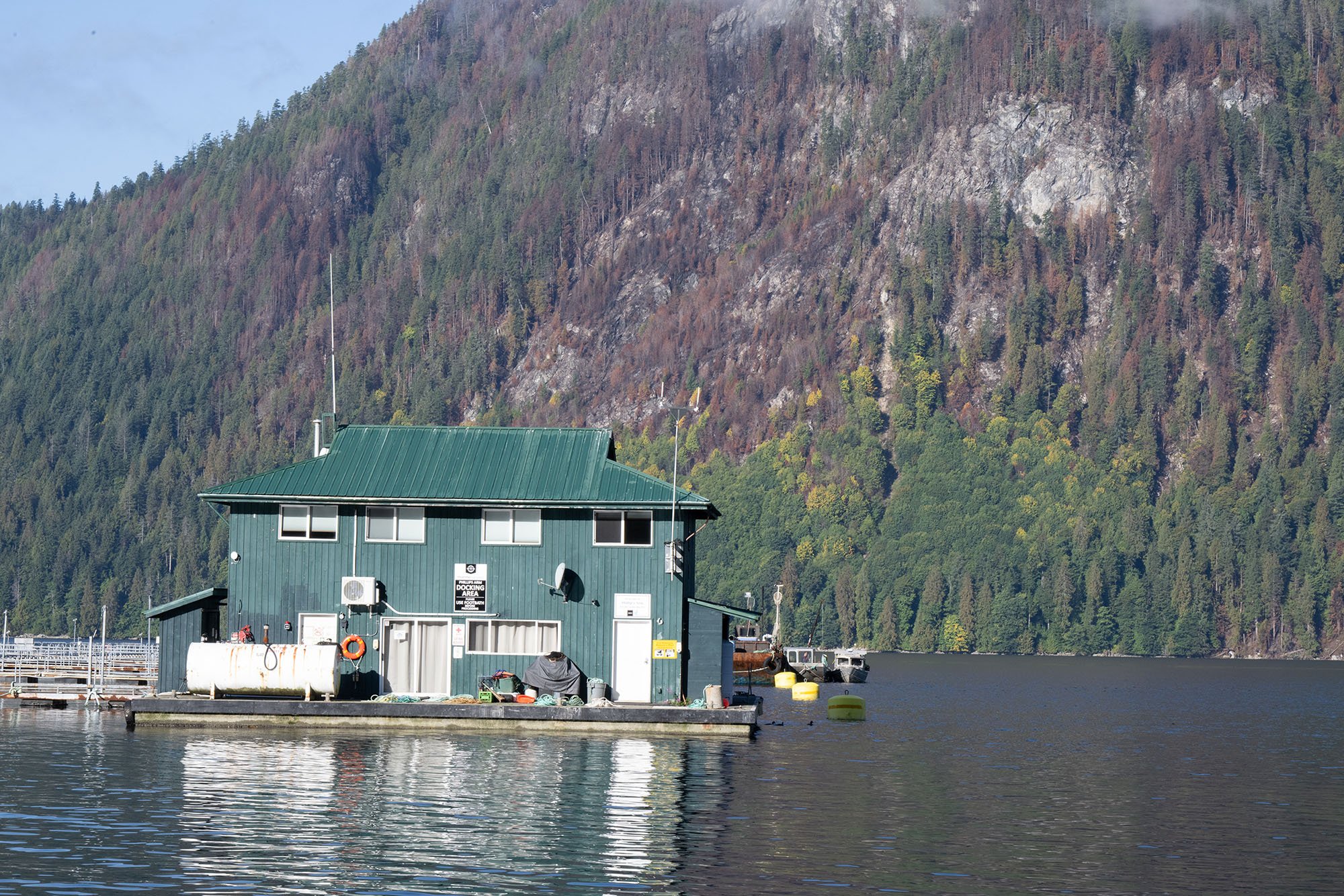
Kwiakah’s Centre of Excellence
Set to open in 2025, our Kwiakah Centre of Excellence is a former salmon fish-farm turned floating research facility near our ancestral village, Ṁaʔċēnox̄ (Matsayno). In the Centre, we’ve built comfortable accommodation and amenities to support up to 16 scientists, university students, and/or staff working on our land and water.
Soon, we will convert the docks and fish pen system into a one-hectare kelp and seaweed test farm. Our Elders tell us that once, kelp was abundant all along Phillips Arm. So, through research partnerships and in support of our ban on wild seaweed harvesting, we are learning about kelp cultivation so we can better understand its ability to create wildlife habitat and store carbon in the seafloor.
Clam Gardens and Eelgrass
Traditionally, our people cultivated loxiwe (clam gardens) along our ƛ̓ase (shorelines) to provide us with nourishment and compactable material for the bases of our homes.
Our ancestors would roll large rocks down from higher up on our beaches to 0.8 - 1.5 metres tide to create a habitat for horse and butter clams, mussels, whelks (sea snails), corals, algae, and other mollusks to thrive. We’ve been mastering this science for over 4,000 years.
Today, we continue to nurture loxiwe in many of the same places our ancestors did, and we continue researching them to see what they can tell us about our ancestors yesterday, and climate change today.
Similarly, we have done extensive research on eelgrass, which was once abundant in our territory. Eelgrass meadows provide important habitat for salmon, an important resource for us and many animals on our territory.
Indigenous research student and Kwiakah member, Gavin Woodburn, takes us along as he studies an ancient clam garden used by the Ligʷiłdaxʷ people in the traditional territory of the Kwiakah First Nation, on the west coast of British Columbia. The Ligʷiłdaxʷ people have used clam gardens (“loxiwe” in the local dialect) since time immemorial. Large rocks were rolled down the beach to build a rock wall along the lower interdental zone, which would then be filled in with sand to create an ideal environment for clams.

